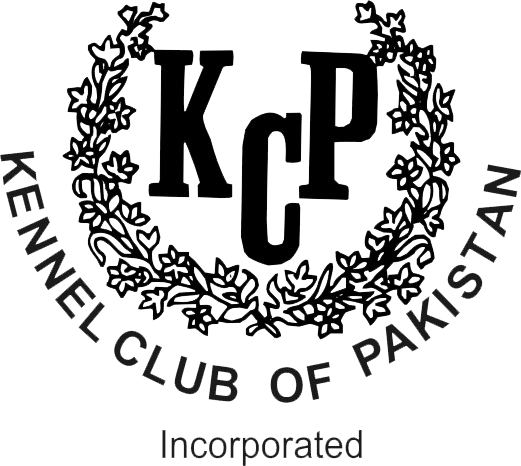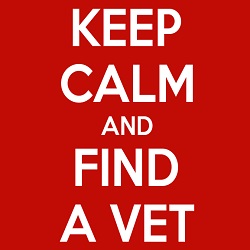The Reasons Why Breeds Change
By Andrew Brace
I wonder how often we – as breeders, exhibitors or judges – stop to consider how easily we become accustomed to changes within a breed? In some cases these changes can actually become so ingrained in a breed that they are elevated to the level of desired characteristics, even though they might be quite alien to typical and necessary. It is generally the case that such changes begin with dogs shown by well-known exhibitors or handlers, as these so often set the benchmark that others gladly follow.
How do changes come about? They begin with the breeder who produces a litter that gets to an age where the puppies need to be evaluated. The breeder who fully understands his breed is looking at every puppy in terms of the breed standard and what is correct for the breed. In most breeds “moderation” is a requirement that is desirable in many aspects, and it is the consistency of moderation throughout any animal that will contribute significantly to its balance, and the impression that everything fits. However, occasionally there will be a puppy who has something about it that always catches the eye, and invariably that “something” tends to be an exaggeration of some kind or another; too long a neck, too refined a head, excessive rear angulation; and here is where the danger lies. The totally steeped-in-the-breed breeder will see exaggeration for what it is and will discard the guilty puppy as being alien to correct type. Many others, however, will be realistic enough to acknowledge that the exaggeration, which is constantly catching his eye, will also catch the eye of the judge when the dog hits the show ring. And so the puppy is kept, nurtured, schooled and groomed.
As soon as a dog whose type deviates from correct starts winning, the ball is rolling. That dog appears in the big ring and other judges comment on its great bone, long neck, fabulous angulation, ultra-short back, high tail-set, great open side-gait or whatever, even when these may not be breed-specific attributes. They reward it when they get it, and others follow suit. In due course breeders see this dog and all the winning it is doing, and they think that they had better start breeding something like it. They rush off to use said dog, and within a matter of years the rather deviant type has got a foothold in the breed. It takes a little time, but soon judges arrive at a situation where they get a class of six dogs – five of them are of the “new” rather off-beat type, one is completely correct. The knowledgeable and constructive judge will know enough about the breed to be able to say with conviction “This one is right – the others are wrong” and judge accordingly. Many other judges, however, perhaps lacking depth of knowledge of that breed, will take the easy option, assume that the five must be right as they form the majority, and the sixth dogs gets left out of the awards.
This particularly applies to size in a breed. So many of our breeds have, over the years, got bigger, maybe because of improved nutrition, and very gradually size has crept up. As we only measure or weigh a handful of breeds that have more than one variety determined by size this increase is barely noticed. However, when some dedicated breeder puts in the ring a dog that is of absolutely correct size in terms of its Breed Standard it is criticized by other exhibitors for being small. In truth, this is the correct sized dog, it’s just that the others are over size.
At this juncture the dedicated breeder who has been intent on maintaining type and simply intensifying quality begins to get, understandably, frustrated. He knows what he is breeding is correct, but the numbers of those who are drifting away from type are such that other breeders, exhibitors and judges seem to be going with the flow, and he is left swimming upstream. This has happened in several breeds in Britain and beyond, and I have seen many “old time” breeders reduce their exhibiting activities dramatically, simply because they feel it is pointless showing dogs under judges who just don’t understand breed priorities. But these are the very breeders who SHOULD have stock in the ring, so that those who do have independent minds can see and appreciate it. When dogs with major faults – usually of the “attractive” kind – continue to win and be bred from, newer breeders will see no reason to correct and improve. Why should they? These dogs are winning. Those who own the “modern” dogs can usually talk the talk, and provide convincing arguments as to natural evolution and obvious improvement.
In some cases strong-minded individuals can actually be instrumental in persuading breed clubs to change the breed standard to fit these new dogs … a heinous crime in anyone’s book. And then of course there is the power of advertising! Sadly many of the breed changes we have witnessed are pleasing to the average eye – so what if a dog is too necky, too hairy, too upright, too short, too long? It looks pretty and the judges like the look! Although showing dogs is today, in truth, more about chasing Challenge Certificates, ribbons and points than it is about preserving breeds, the show ring should remain the breeders’ shop window. It would be sad to think that genuine breeders who are keen to maintain true breed type could not find the dogs necessary to perpetuate correctness in the next generation.













